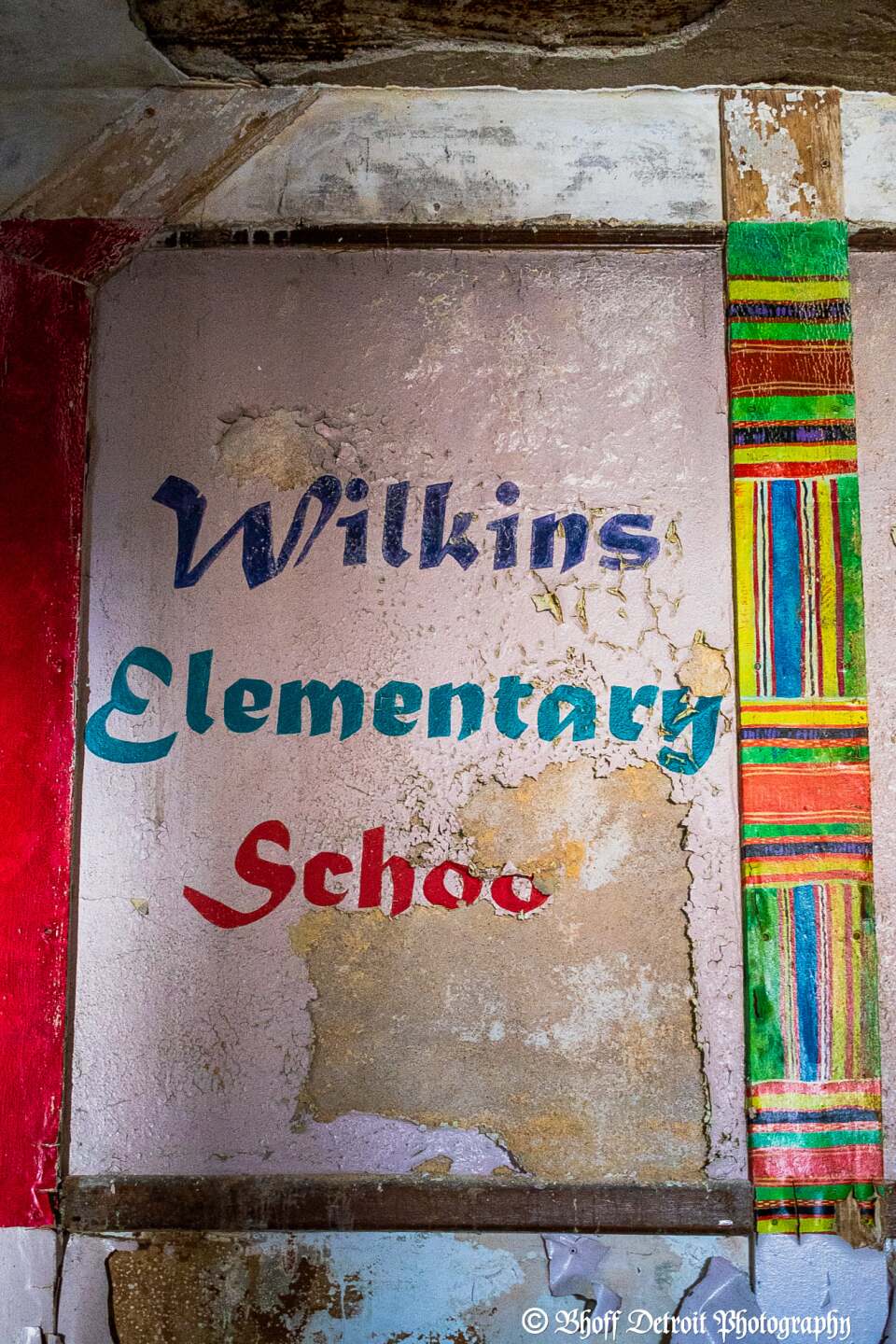DETROIT (WXYZ) – Equipped with a Nikon camera, photographer Bhoff combs through Detroit neighborhoods capturing city landmarks, the homes of famous Detroiters past and present and abandoned buildings.
Each photo tells a unique story.
His photography shows the beauty – and sometimes tragedy – of Detroit’s past, highlighting notable homes of legendary Detroiters but also documenting buildings that were once thriving schools, churches or community staples.
“Even when I’m highlighting these abandoned buildings, it’s more like the possibilities … or what happened here?” said the photographer born and raised in Southwest Detroit.
He would much rather not use his real name, however, his alias has gained some popularity on social media recently.
“It’s kind of an amazing response that really resonated with a lot of people,” Bhoff said of a now-viral Facebook post where he captures homes that once belonged to Motown legends.
“I was taken aback by the success of this,” he added.
The post from May 4 was shared nearly 5,000 times. That wasn't Bhoff's expectation when he posted the photos to his Bhoff Detroit Photography page. In fact, he hadn't even planned on taking photos of the homes of Motown legends on that day, but it was nice outside and he already had a notebook filled with addresses sitting in his car for nearly a year so he decided to document.
On the list Bhoff compiled was the former home of Motown founder Berry Gordy, which is situated in the historic Boston-Edison District. Another element that makes Bhoff's posts more interesting is the historical background added to each photo.
He attended Wayne State University and minored in History. Now he uses his love of history to add important context to his photos.
Like the fact the Marvin Gaye wrote some of his 1971 "What's Going On" album at a home in Detroit's Bagley neighborhood, or that a young Stevie Wonder lived at a home in the same area. For a period, Gladys Knight stayed at a house in the Martin Park community, and Martha Reeves stayed just down the block.
These photos coupled with a brief Detroit history lesson have drawn interest from people all over metro Detroit and even outside of Michigan. Detroiters often commenting their own memories tied to these neighborhoods.


"There’s always a lot of interest in these historic homes – particularly Motown," said Jamon Jordan, a historian and educator with the Black Scroll Network History & Tours. "Motown is really just the most famous phenomenon. Besides the auto industry, it’s the most famous phenomenon to come out of Detroit.”
Jordan has led tours at the Motown Mansion, formerly Berry Gordy's home, and says reflecting on Detroit's past brings a sense of nostalgia and pride to those who currently or once lived in the city. But also capturing now-abandoned buildings creates a full picture of where the city came from and what it can become as Detroit works to rebuild.
“That’s important when you can tie this history, this legacy of Detroit’s important historic people, places and events, with the modern and new developments that are going on," Jordan said. "As much as that happens, that’s a good thing.”

Since Bhoff started his Facebook photography page back in September 2020 as a creative outlet during to the pandemic, he has photographed some of Detroit's most beautiful buildings, some of which have been abandoned for years.
In one lengthy post, he reflects on Wilkins Elementary School on the city's east side. It stands out with beautifully painted murals on all of the walls, a project initiated by the school's former principal. It was built in 1924 and closed in 2013. The vibrant murals are still mostly intact on the walls of the building, with paperwork, books and other items scattered about the hallways as if one day everyone just hastily left the building and never returned.
Bhoff says the Wilkins photos are some of his favorite to date. But they also represent how and why some Detroit neighborhoods decline.


LISTEN Bhoff discusses the decline of neighborhoods as a result of school closures in Detroit.

“I think the school system is extremely important, that’s why I kind of... fixated on (schools) because it’s such an anchor for communities, for neighborhoods," Bhoff said. "And once those go, once the churches go – it really doesn’t leave a whole lot.”
Detroit Historian Jamon Jordan echoed similar sentiments.
"As those high schools and other schools … began to close, we began to be less connected to these communities because we lost the center, the most defining institution of that neighborhood – which was many times the school," Jordan said. "And as those schools closed and were abandoned, and in some cases demolished, we began to be less rooted in these neighborhoods.”
Not only focusing on how some Detroit areas have seen decline, Bhoff also captures communities making positive progress mostly due to grassroots efforts.
“Brightmoore’s changed a lot over 20 years," he said. "It went from ‘the lost hope’ to possibilities. It’s kind of like a microcosm of Detroit in itself.”

From urban farming to the city adding bike paths that were non-existent only a few years ago, and even initiatives to place pedestrian bridges in areas like Southwest Detroit, Bhoff says his documentation through photographs gives him hope as Detroit progresses forward. And as he continues to capture the city through his lens, he hopes others are inspired by the possibilities of Detroit's future.
“Hopefully it’s something that keeps reverberating to everyone else," he said. "Hopefully it stirs up more connections and more dialogue. If I can even have a small part in that, that’d be a success.”


